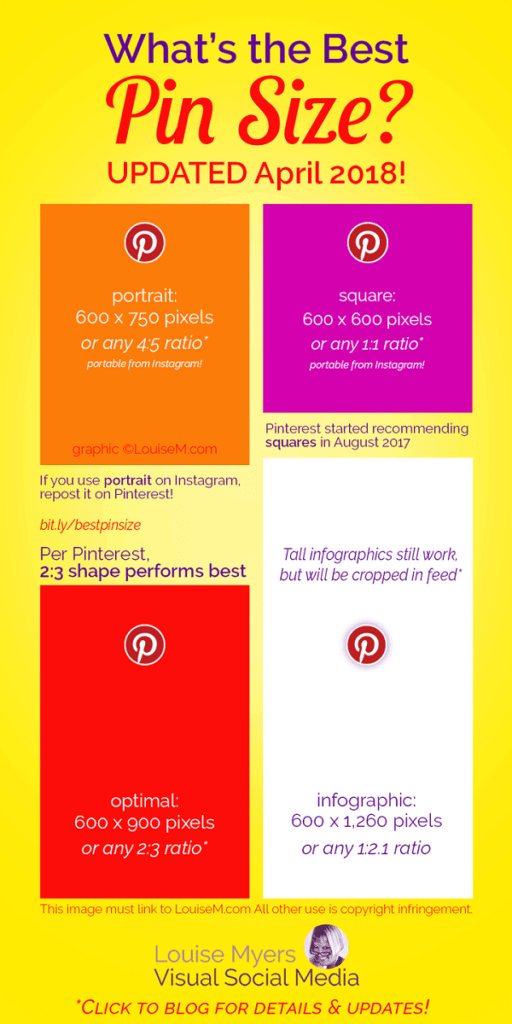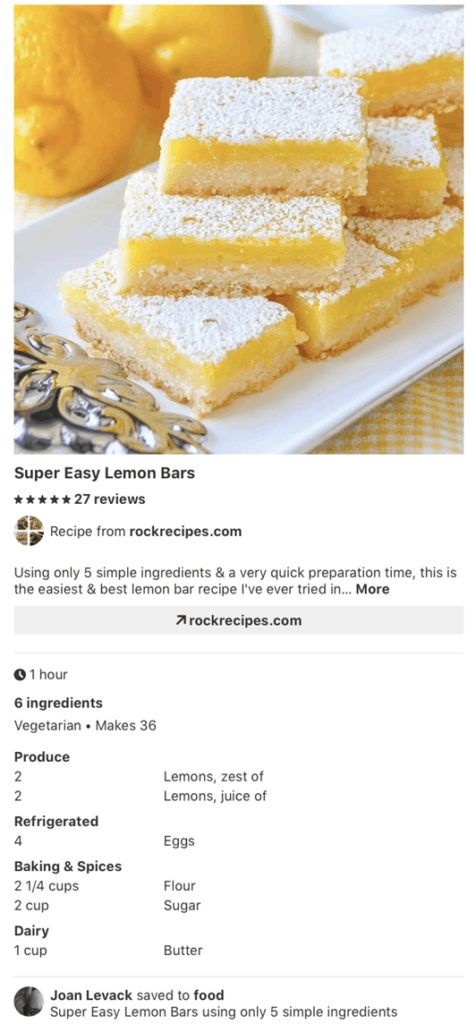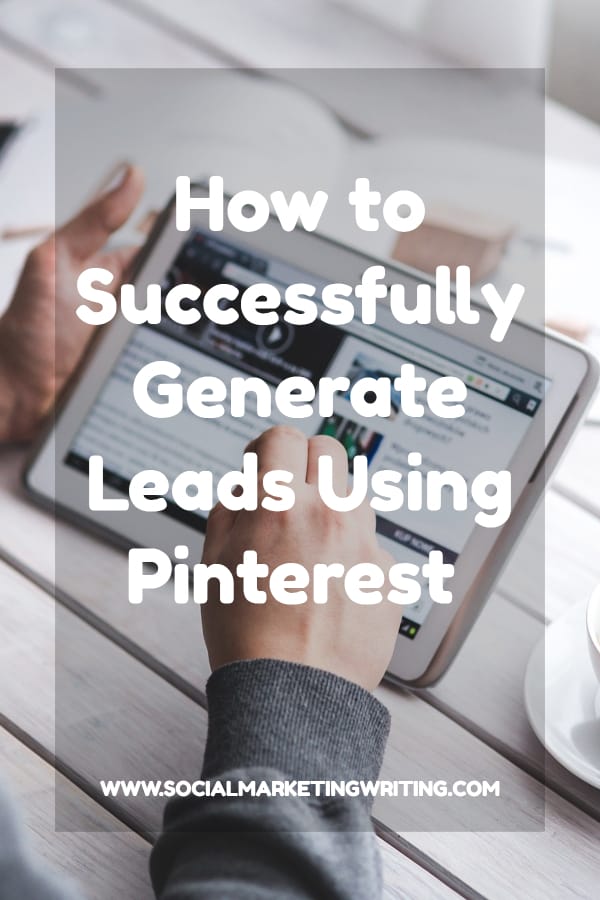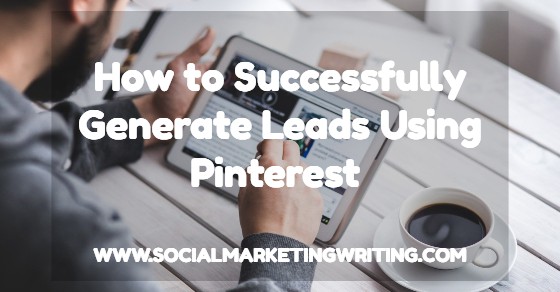There are 250 million Pinterest users in the world.
Its huge user base makes it one of the best platforms to acquire customers and leads
In fact, Omnicore found that 93% of active pinners use Pinterest to plan for purchases and 87% said they’ve purchased something because of Pinterest. Additionally, 72% of Pinners use the platform to decide what to buy offline. Users are well-off too, with 40% of pinners having a household income of more than $100k+.
But how do you acquire leads through Pinterest? In this article, we’ll give you a few tips to help you grow your business:
1. Create a Pinterest Business Account
The first step is to create a Pinterest business account.
It’s free to sign-up and it comes with great perks like a special business profile and analytics. If you already have a Pinterest account, then you can opt to upgrade your existing personal account to avail of the business account features.
Next, spice up your profile with Pinterest widgets such as the Save button, Follow button, Pin widget, Profile widget, and Board widget. This makes it possible for you to connect your audience from Pinterest to your website and boards.

Another perk is that you can add the Pinterest Tag which lets you track the actions of visitors such as lead generation activity, page visits, sign-ups, items added to cart, searches and more. This way, you can determine your measure return on ad spend (ROAS) and find out how you’re generating leads.
2. Create Pinterest Boards That Your Audience Will Love
The next step is to create boards that your target audience will love.
Pinterest primarily caters to people with a love for DIY, fashion and food—which make it ideal for businesses in these industries. If you specialize in B2B, you can still create boards that offer helpful and engaging content to your audience.
The trick is to brainstorm board ideas that will help you attract leads.
For example, Hubspot has a board dedicated to templates and tools that marketers can use—which has garnered more than 35,000 followers.

3. Optimize Your Pinterest Profile for SEO
i. Profile SEO
Pinterest lets you include up to 30 characters in your profile name. It’s best to use your business name because there’s not a lot you can do in terms of SEO.
At the business description, you can add key phrases related to your business so that it’s easier for your audience to discover your pins.
Here’s an example of Michelle Schroeder, a blogger of personal finance.

ii. Pinterest Board SEO
Pinterest Board SEO follows the same rules as profile SEO. You need to create boards with concise and clear names, using keywords that your target market will use.
For example, Ahrefs has a board titled design freebies for creatives.

The board description includes long tail keywords that people may use to find the board such as design tutorial and freebies.
4. Use Attention-Grabbing Images
It’s no secret that you should use vibrant images to attract people’s attention, but how do you get started?
We’ve compiled a few data-backed tips on pin composition:
Curalate, a visual marketing platform, found that images with more reds and oranges get more attention and repins than images with blue tones. In fact, reddish-orange images get 2x the repins as blueish images.

Pins with multiple dominant colors get 3.25 more responses than those with a single dominant color.

Pinterest recommends high-quality images that look bright and clear. In fact, Curalate also found that photos with medium lightness get repinned 20 times more than very dark images.
Don’t forget to use colors that reflect your brand’s look and feel.

Images without faces get 23% more repins than those that do. So there’s no need to use go through the hassle of finding models for your images.

5. Pinterest Pin Ratio
What’s the ideal size of your pin?
Curalate found that tall images get repinned more, with the the 2:3 and 4:5 aspect ratio performing better than thin, but tall images. This can be attributed to the fact that they get more space in the feed.

Louise Meyers’ infographic describes the ideal size for different types of pins. Here’s what you need to know:

6. Use Rich Pins
While each pin comes with a description, you can also add rich pins to provide more context and show extra information on a pin. The rich pin is independent of the pin description, but it remains tied to the pin.
There are four types of rich pins:
i. Product
Product pins include the product name, price and a link to where you can buy your product. If you’re selling something, use a rich pin to get your leads to the right landing page.

Image credit: thexdeals Pinterest
ii. Article
Article pins include the headline, product description, and writer. This lets readers save stories that are relevant to them.

Image credit: Britney Bishop Pinterest
iii. Recipe
Since Pinterest is also a place for many food enthusiasts, the site lets users view recipe pins that include ingredients, serving size, cooking times and star ratings.

Insert image: Joan Levack Pinterest
iv. App
App pins come with an install button so leads can instantly download your app without leaving Pinterest. This feature is only available for iOS users.

7. Clear Pinterest Descriptions
While visuals are the main attraction on Pinterest, descriptions are important too.
According to Hubspot, the ideal length of a good Pinterest description is about 100 to 200 characters including a shortened, trackable URL. Since you want to get viewers to your website or landing page, you’ll always want to add links in order to generate leads using Pinterest.
Here’s an example from Robert Jordan:

Pinterest recommends users to insert specific and descriptive hashtags that describe the pin. Don’t overdo the hashtag game – and insert no more than 20 hashtags per pin.
You can use tools like Display Purposes, TagDef, Tags for Likes and Hashtagif.me to find hashtags relevant to your pins.
Ready to Generate Leads Using Pinterest?
Once you know the right practices, it’s easier to generate leads using Pinterest.
Use a Pinterest business account and make your profile with SEO in mind. Create attention-grabbing images with the ideal pin ratios. Don’t forget to add a short description and hashtag to seal the deal.

How do you generate leads using Pinterest? Let us know in the comments below.
If you found the above post on using Pinterest to generate leads useful and feel your followers will too, please share it with them by using the share buttons below.
About Emil Kristensen
Emil Kristensen is the CMO and co-founder of Sleeknote: a company that helps e-commerce brands engage their site visitors—without hurting the user experience.

